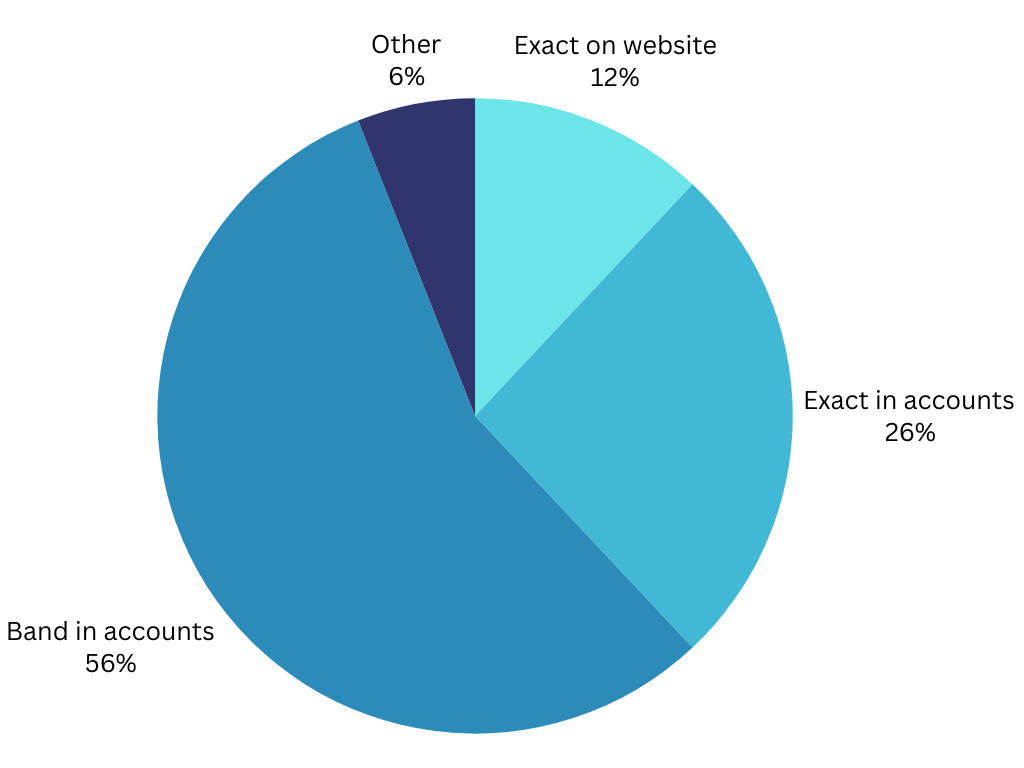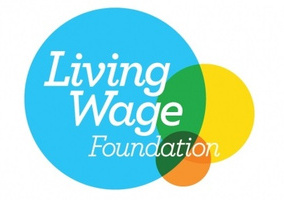An increasing proportion of large charities publish the exact figure of their highest earner on their websites, according to an analysis by Civil Society.
Currently, charities with an income of over £1m are required to outline how many staff are paid more than £60,000, as well as what they are paid, within £10,000 bands.
Analysis by Civil Society looked at whether the largest 100 charities go beyond these minimum requirements to post the exact salaries of their highest earner on their websites or annual accounts.
38 charities publish exact salary
The research found that 38 of the largest 100 charities publish their highest earner’s exact salary on their websites or annual accounts.
This compares to 34 in 2022, when Civil Society last ran the analysis, and 51 in 2020.
The latest analysis shows 12 of the largest 100 charities publish the exact salary of their highest earner on their websites, higher than the nine that did so in 2022 and 2020, and a further 26 publish the exact figure in their annual reports.
An additional 56 of the largest 100 charities published the salary band of their highest earner, while six charities did not publish any salary details for reasons such as they had no staff.

Many charities posted links to accounts on their websites, explaining that salary information could be found there. In the analysis, this has not been counted as being directly on a website.
Other charities noted that they had the exact salary no more two clicks away from their home page, which is recommended by NCVO.
The analysis looked at the largest charities according to the Charity Finance 100 Index, compiled by Civil Society Media’s Charity Finance magazine, which ranks the largest charities in the UK by their average income over three years.
Charities in the index change each year as it is updated.
‘Maintaining public trust is vital’
Charities which posted the exact salary of their highest earner on their websites said transparency was a key principle.
A Cancer Research UK spokesperson said being transparent helped the charity to attract and retain the best staff.â¯
“The salaries we pay reflect the level of individual responsibilities, whilst ensuring the best use of our supporters’ donations for research,” they said.
“Maintaining public trust is vital – and we strive to be fair and open in what we say and do and this includes sharing the details of our CEO’s salary on our website and a detailed breakdown of staff pay in our annual report and accounts.”
Brett Terry, people director at NSPCC, said: “At the NSPCC we are proud to be transparent around our executive board’s pay.
“This is in line with other UK charities of a similar size, and is designed to help us attract and retain talented employees who are committed to helping young people.
“With over 80% of our income coming from those who choose to donate to us, we believe supporters have a right to ask how this money is spent.
“That is why we provide clear annual reports which include a thorough financial review of how public donations are used to help us to support millions of children and young people.”
‘We aspire to be leaders’
Sightsavers said transparency is important “as it enables us to maintain the trust of partners, donors, staff and all our supporters”
“CEO salary is only a small part of that – we also share information about how we spend money, what we achieve and the areas where we fall short and need to improve,” a spokesperson for the sight loss charity added.
A General Medical Council spokesperson said: “We aspire to be leaders in the way we follow the principles of good governance set out in the Charity Governance Code, and believe we should be able to clearly account for both our regulatory and operational decisions.
“Using guidance from the Information Commissioner’s Office, we publish annual salaries and summarise the salaries of our highest paid staff in our annual report and accounts, and on our website.
“These reports are publicly available online, not only in the interests of transparency, but also for clarity and ease of reference.”
Meanwhile, an RNLI spokesperson said the charity “strives to be transparent in all we do as we are powered by the generosity of our kind supporters”.
NCVO: Salary transparency helps to identify structural inequalities
Woosh Raza, director of people, culture and inclusion at NCVO, said: “Salary transparency is something we’re committed to at NCVO, and we believe it matters for three key reasons.
“Firstly, it’s an important part of building trust. Salary transparency is one way a charity can be clear on how funds are being spent.
“Secondly, salary transparency at all levels serves as a useful tool for attracting talent and improving the openness and inclusiveness of recruitment processes.
“Finally, transparent reporting on salaries helps us identify, and then take action to address, structural inequalities in relation to pay – whether based on gender, race, disability, or any other area where inequality exists.
“We encourage all organisations to be more transparent, where they can, and are always happy to talk to any organisation about how they can achieve it.”
Related Articles











